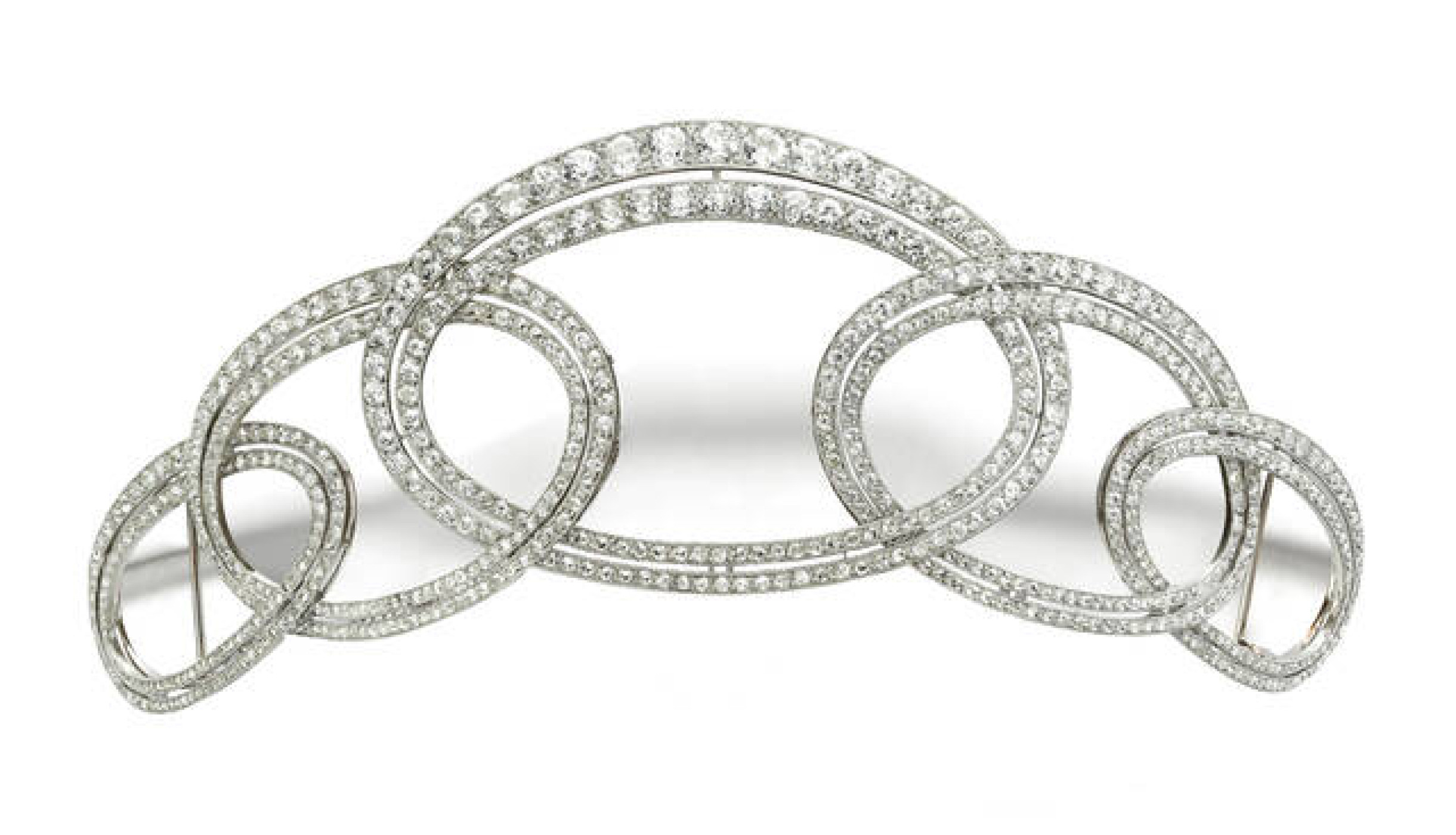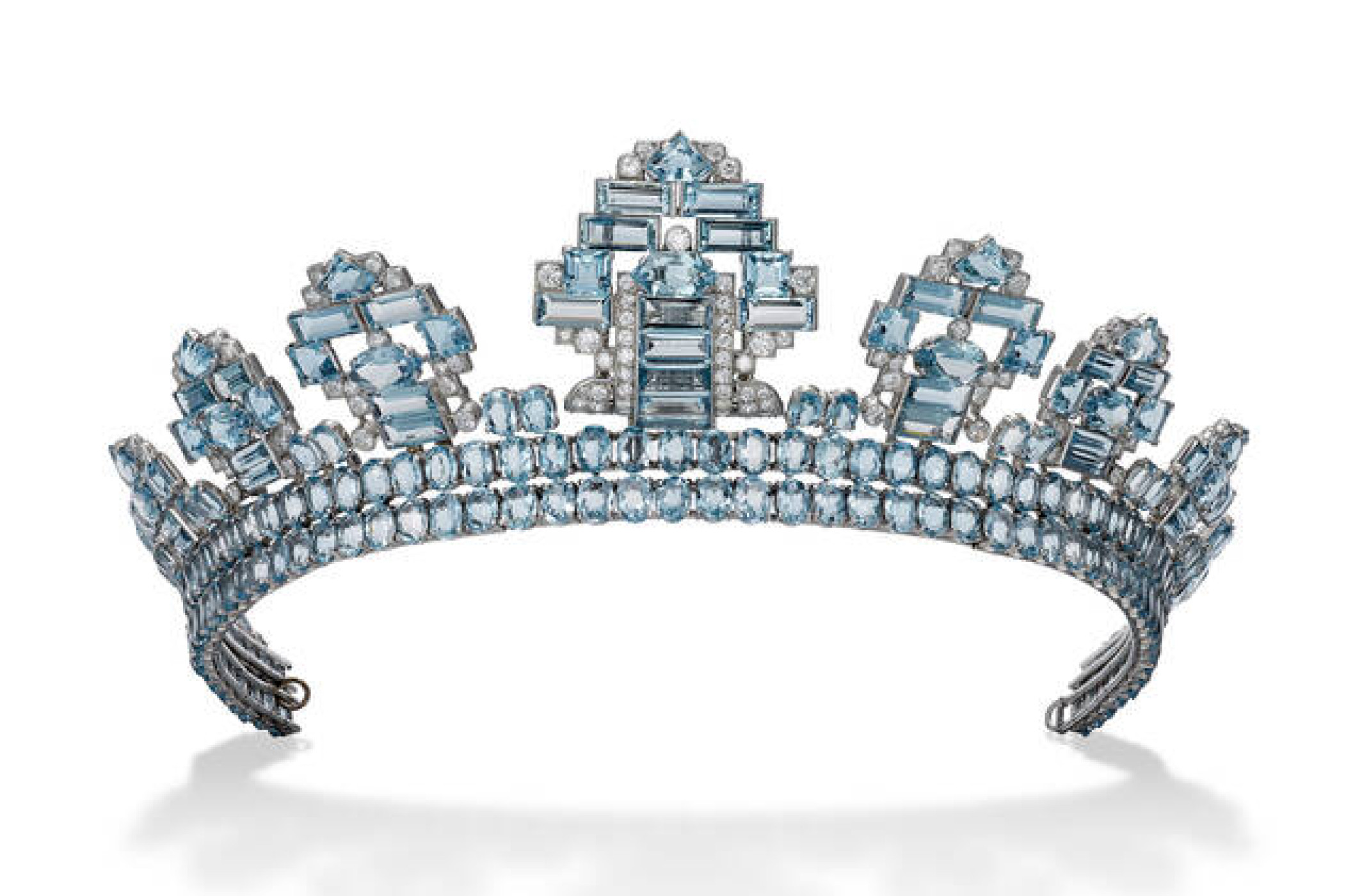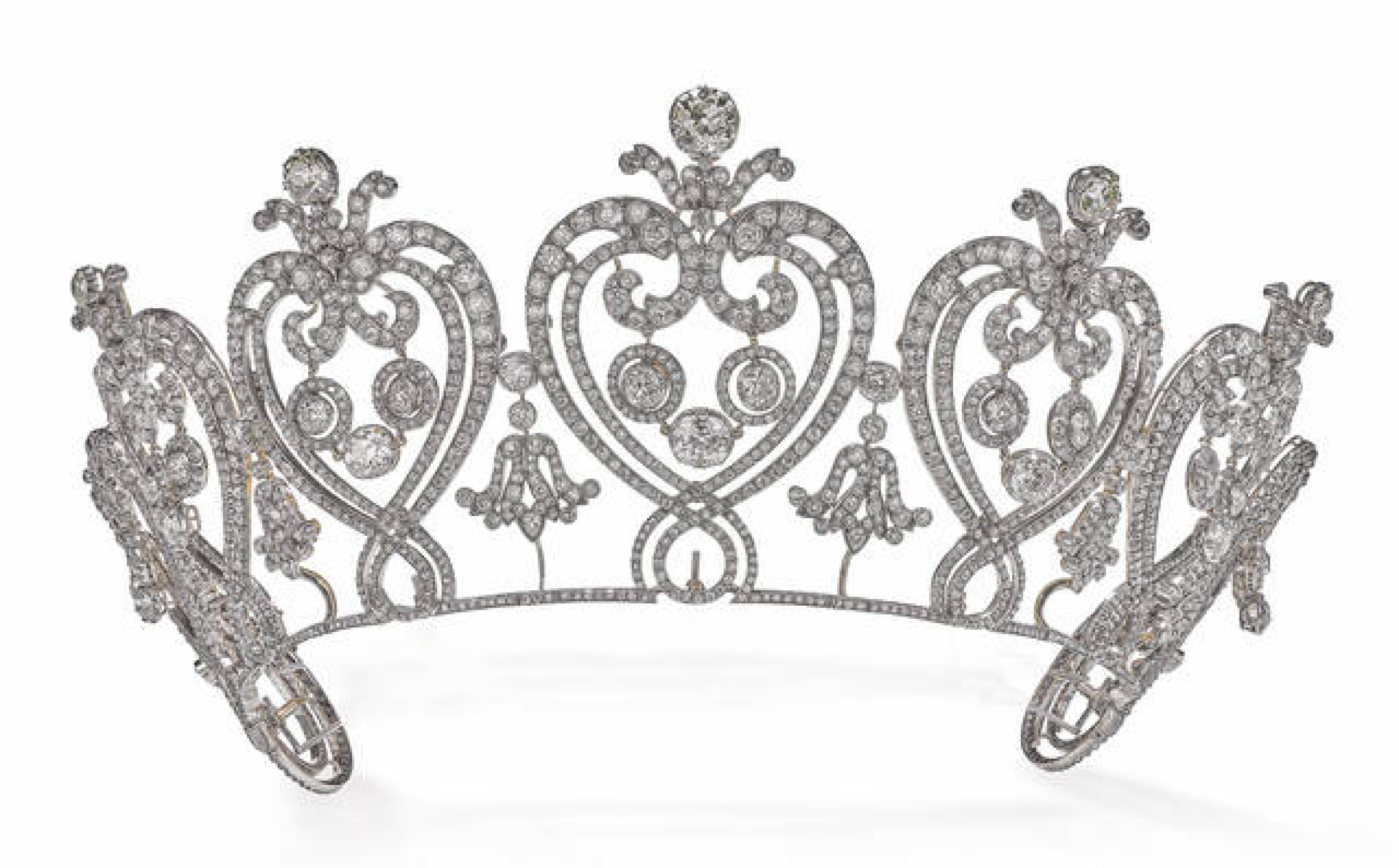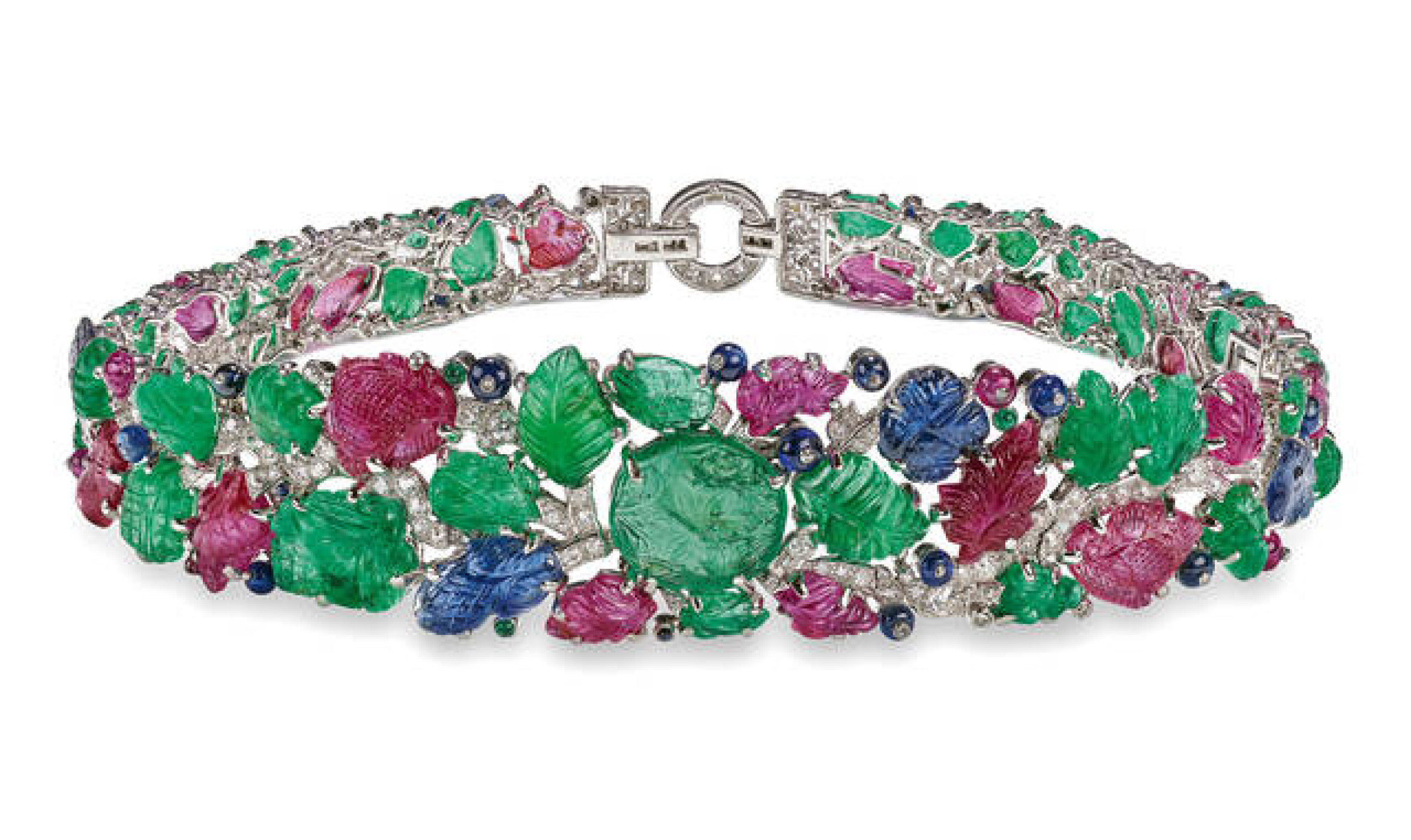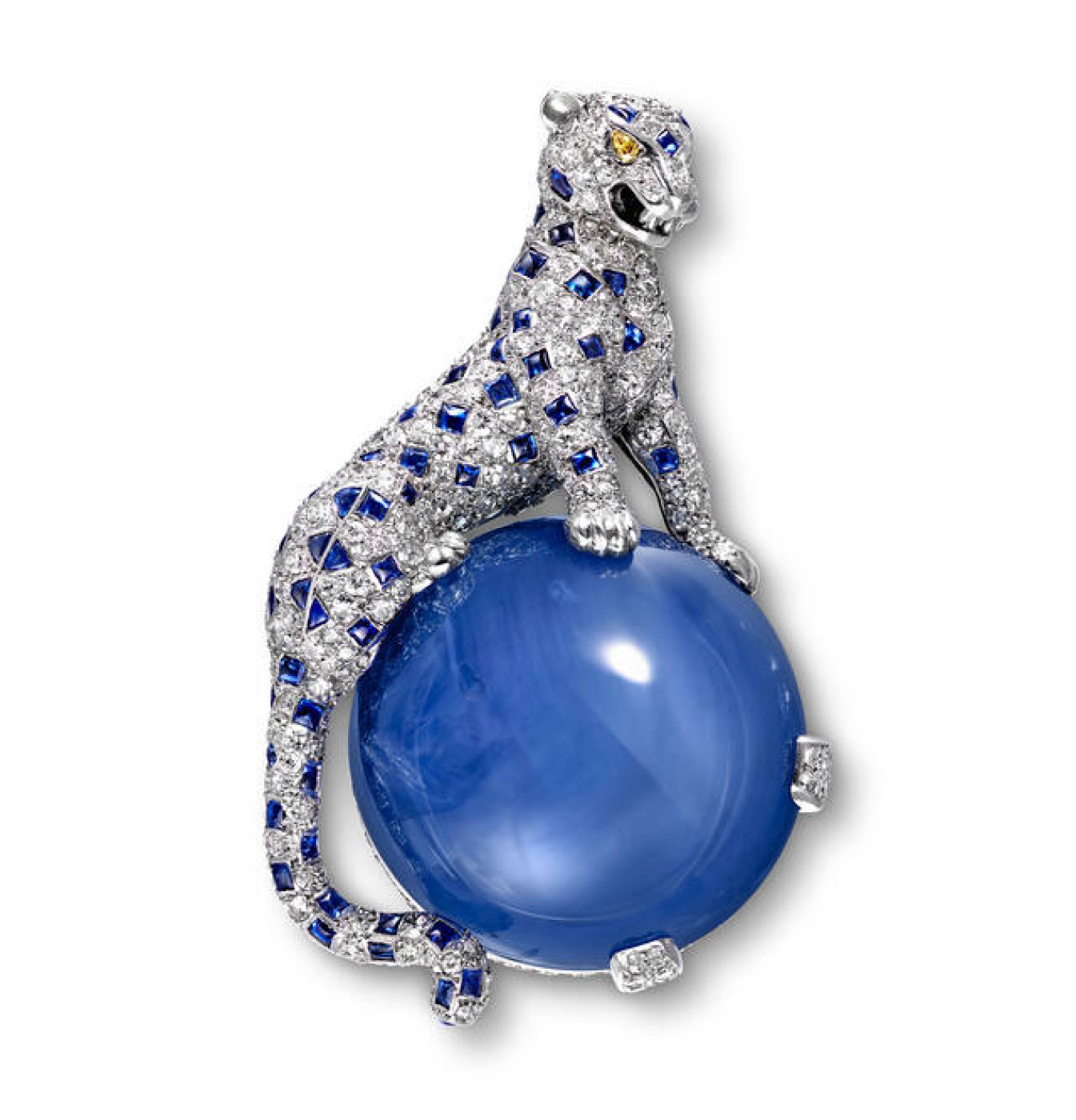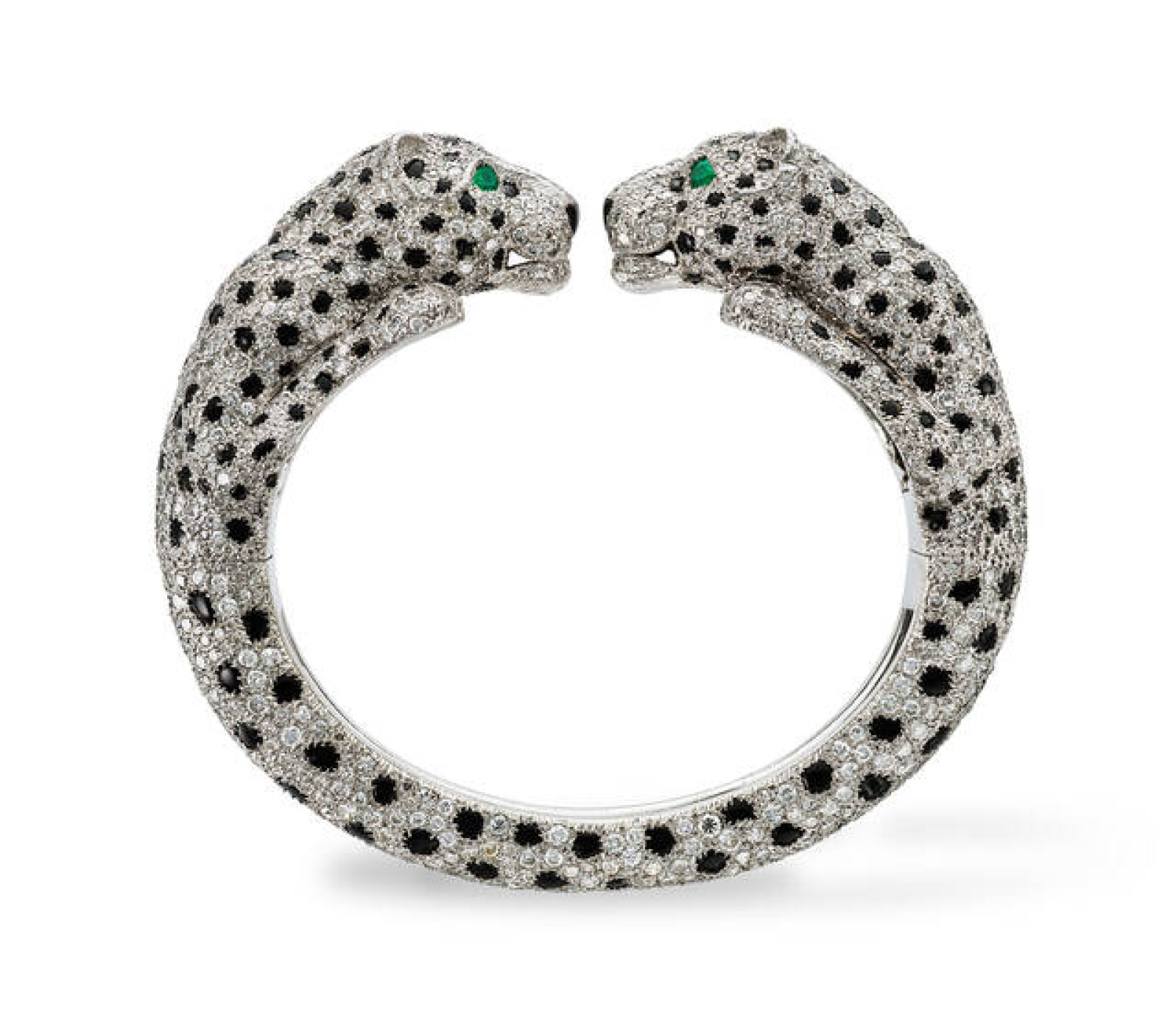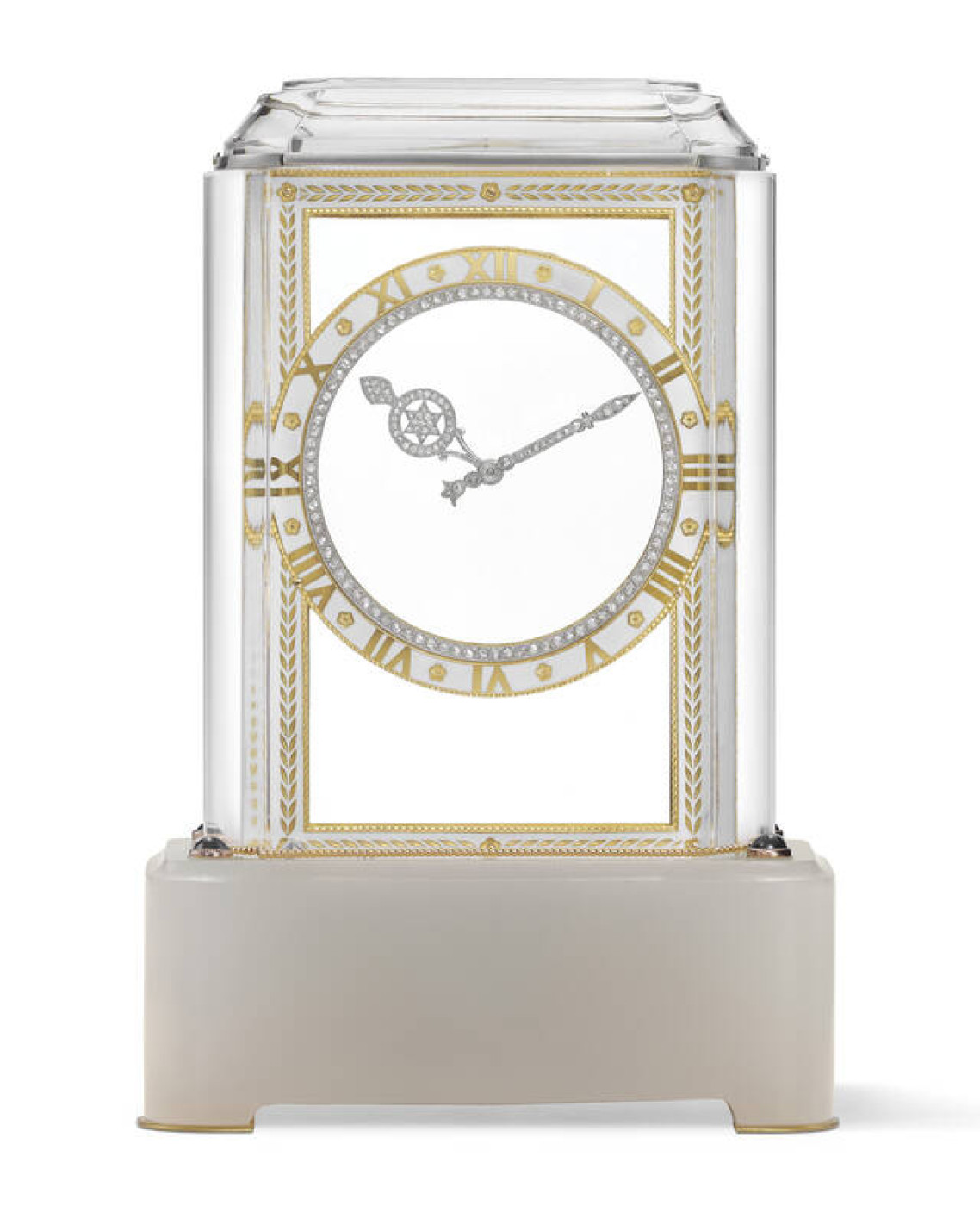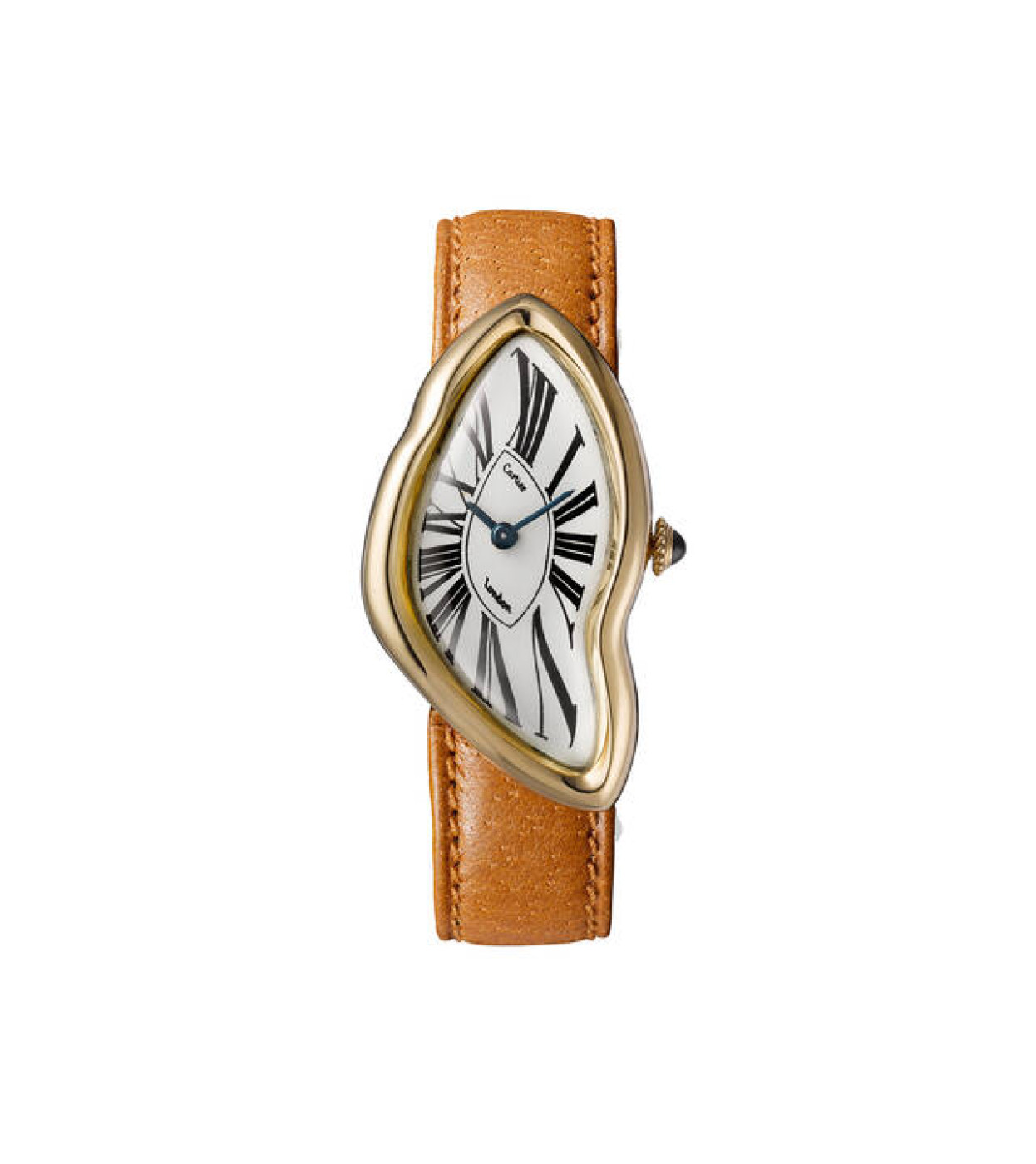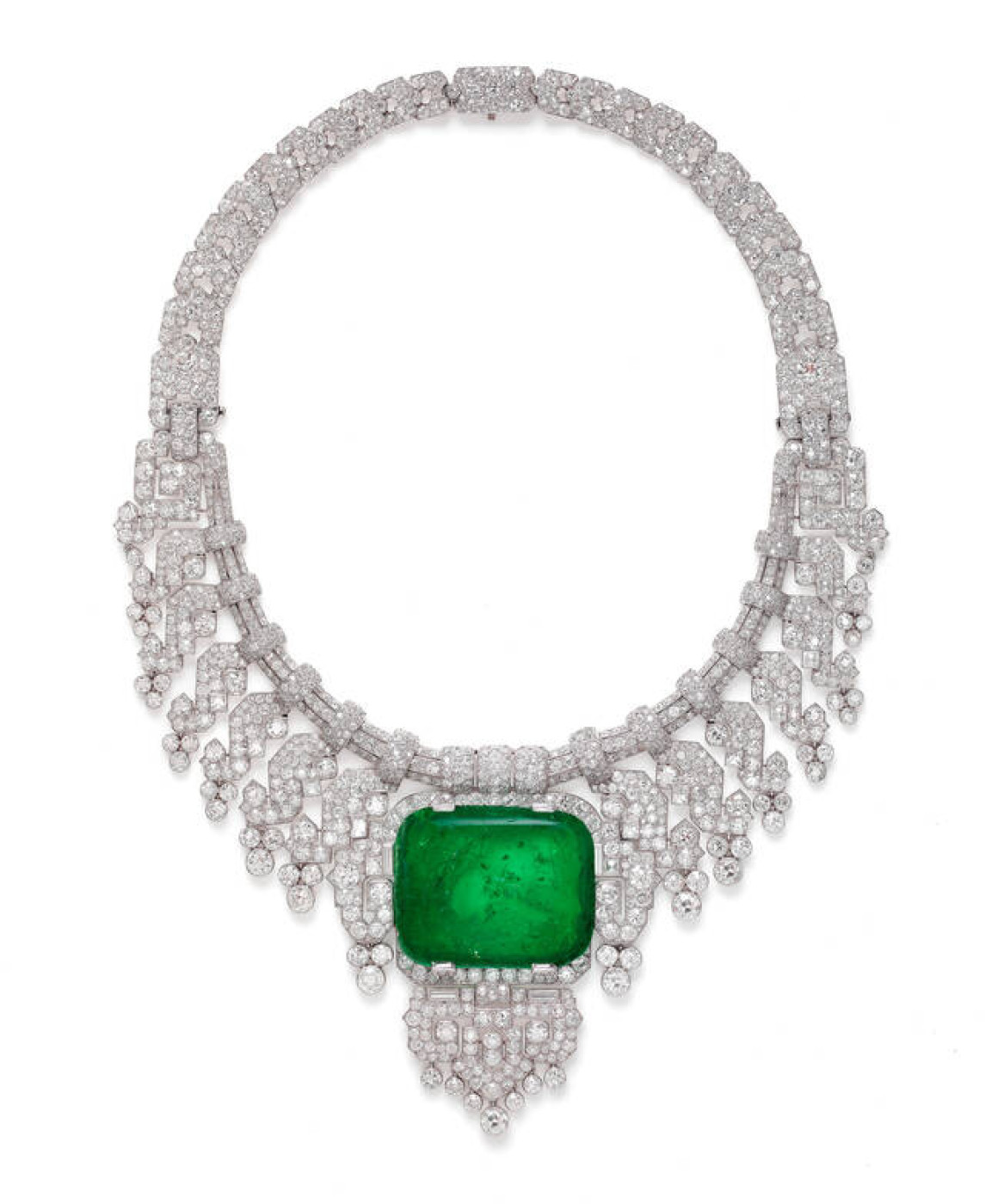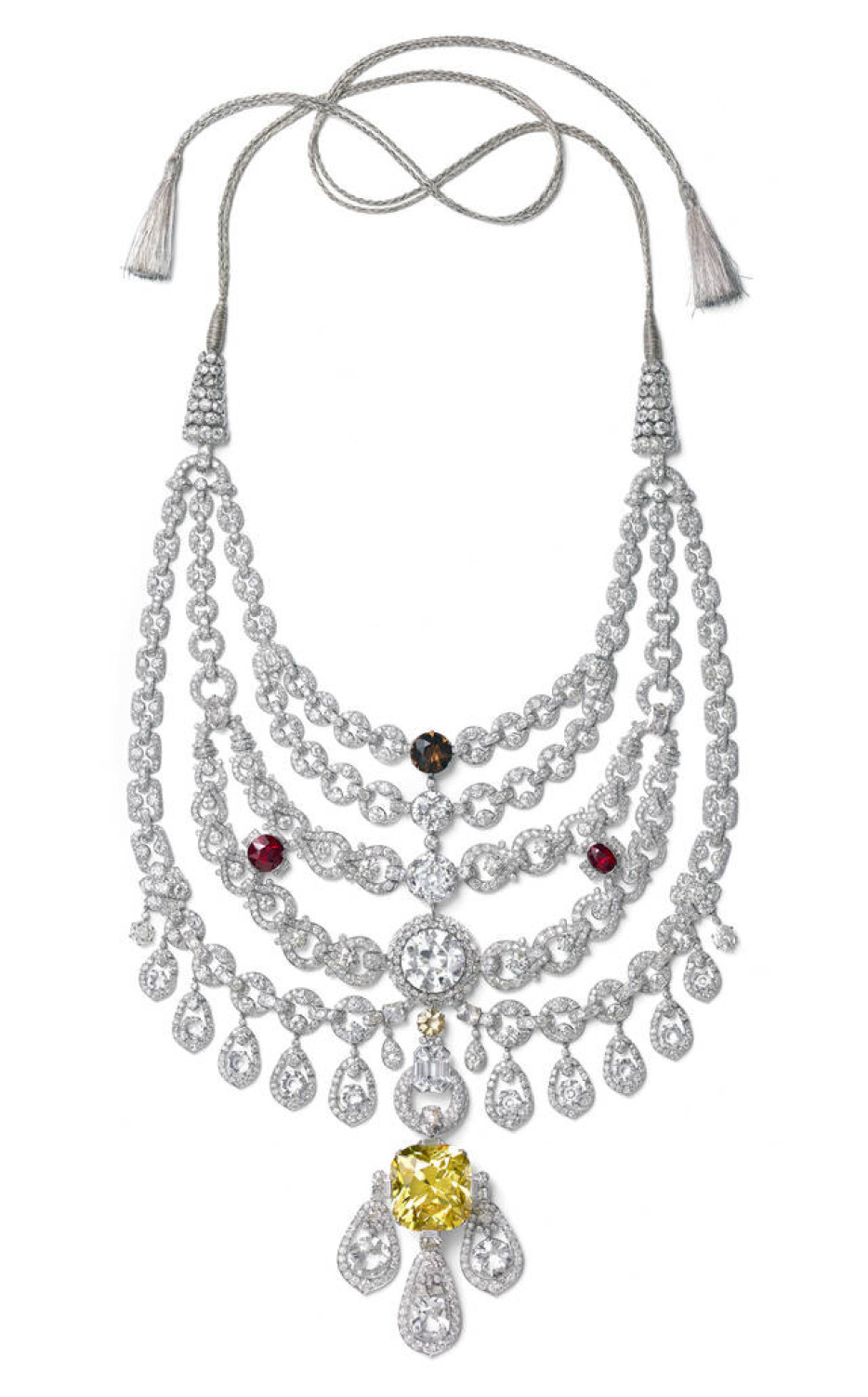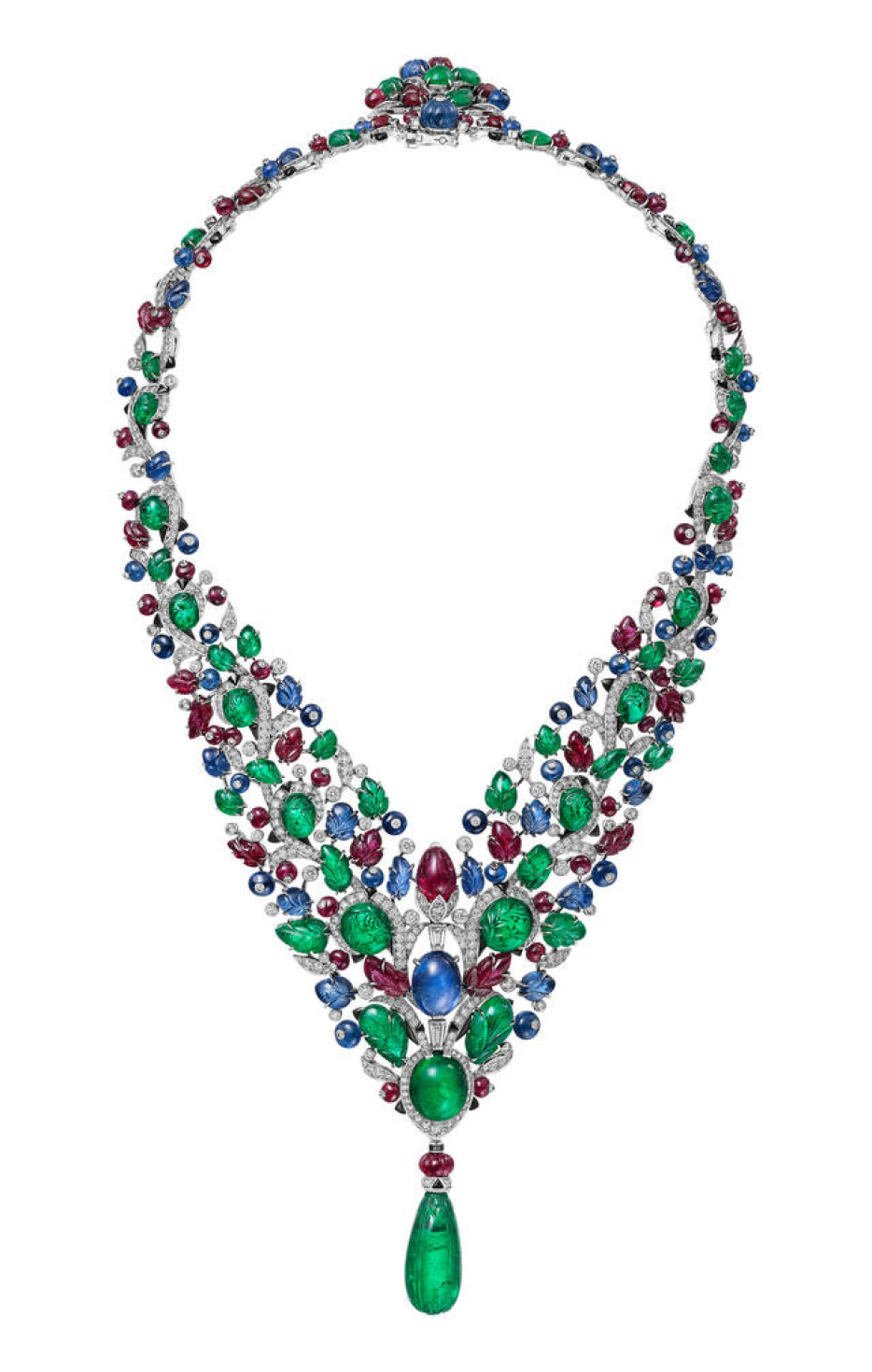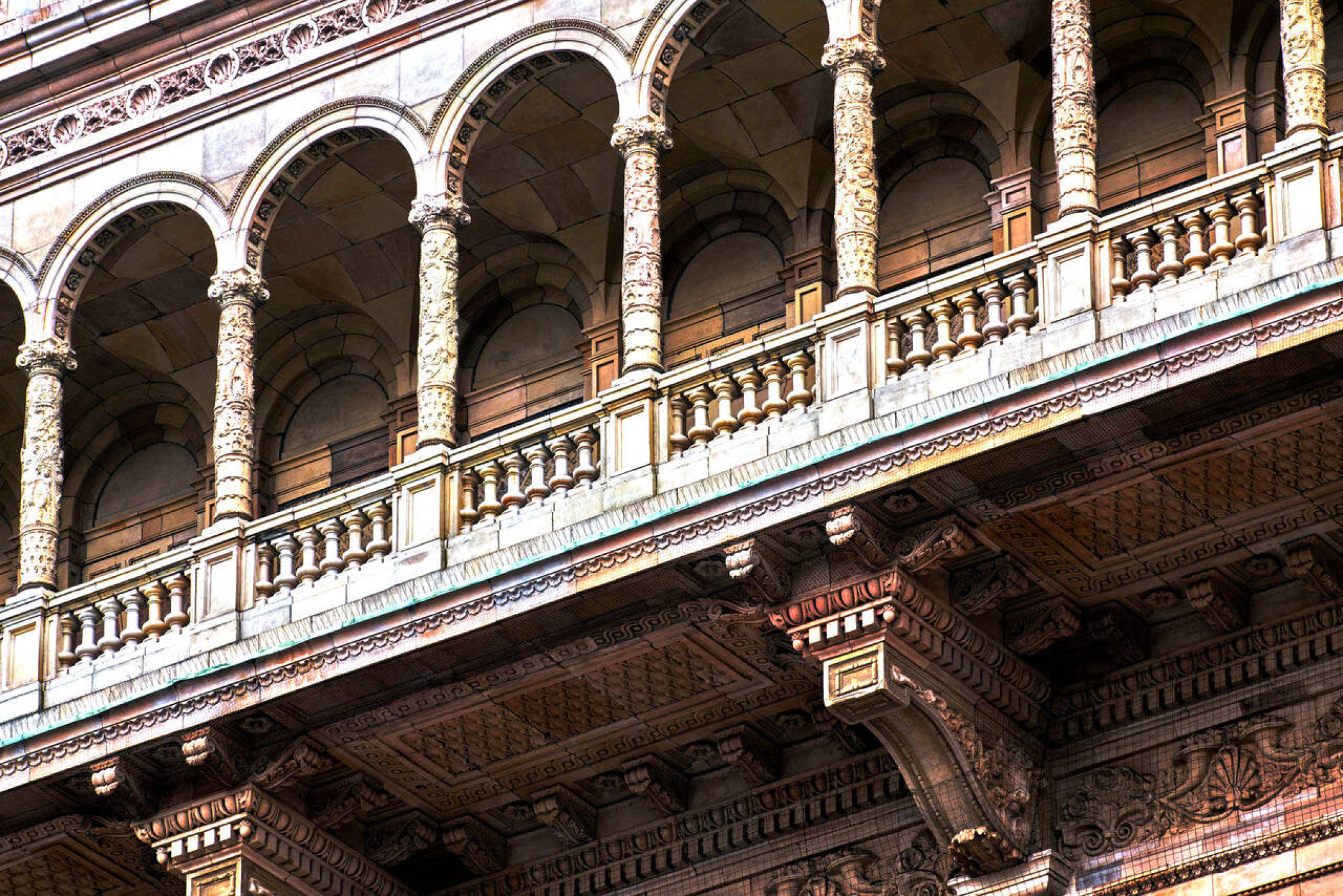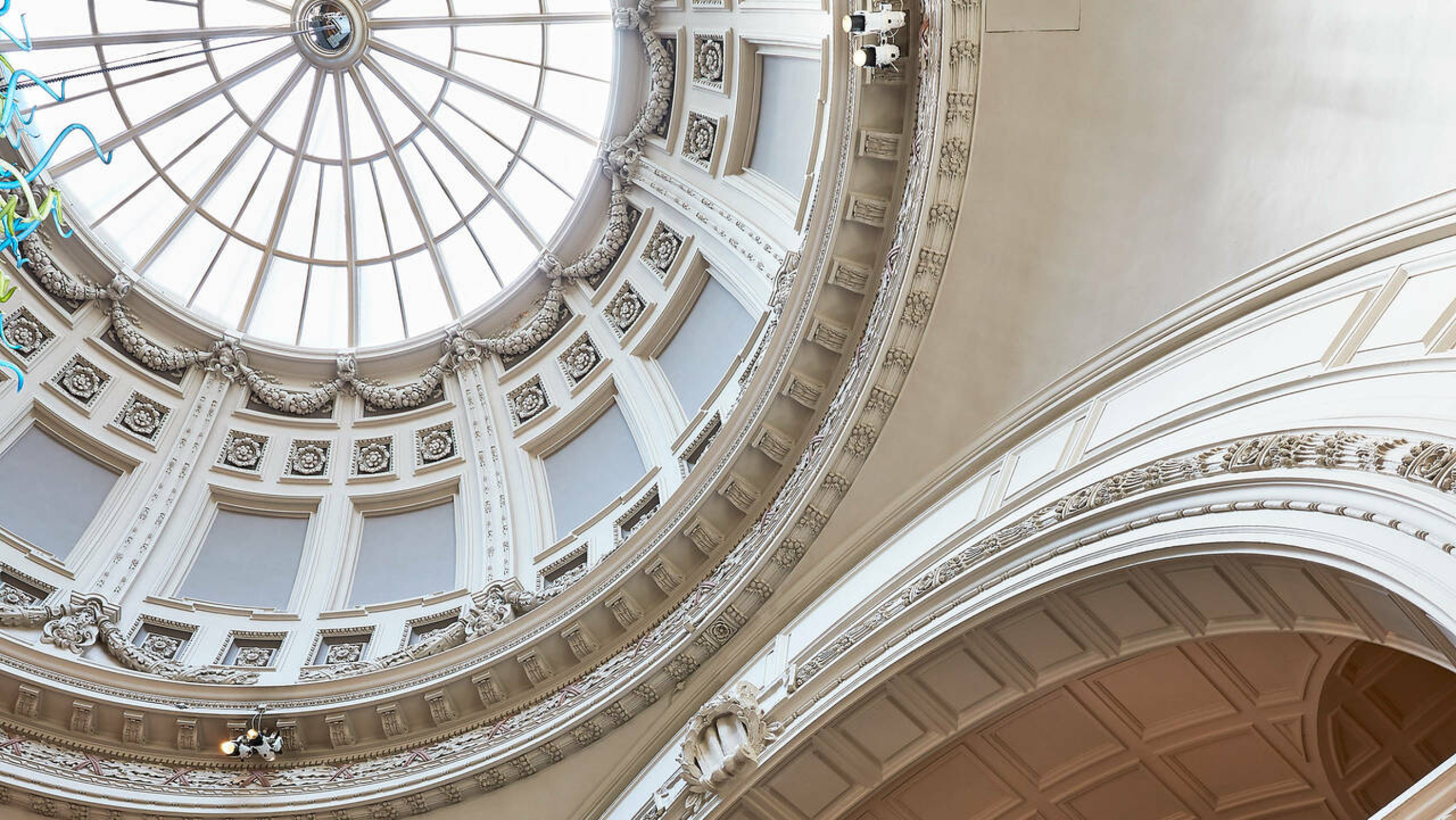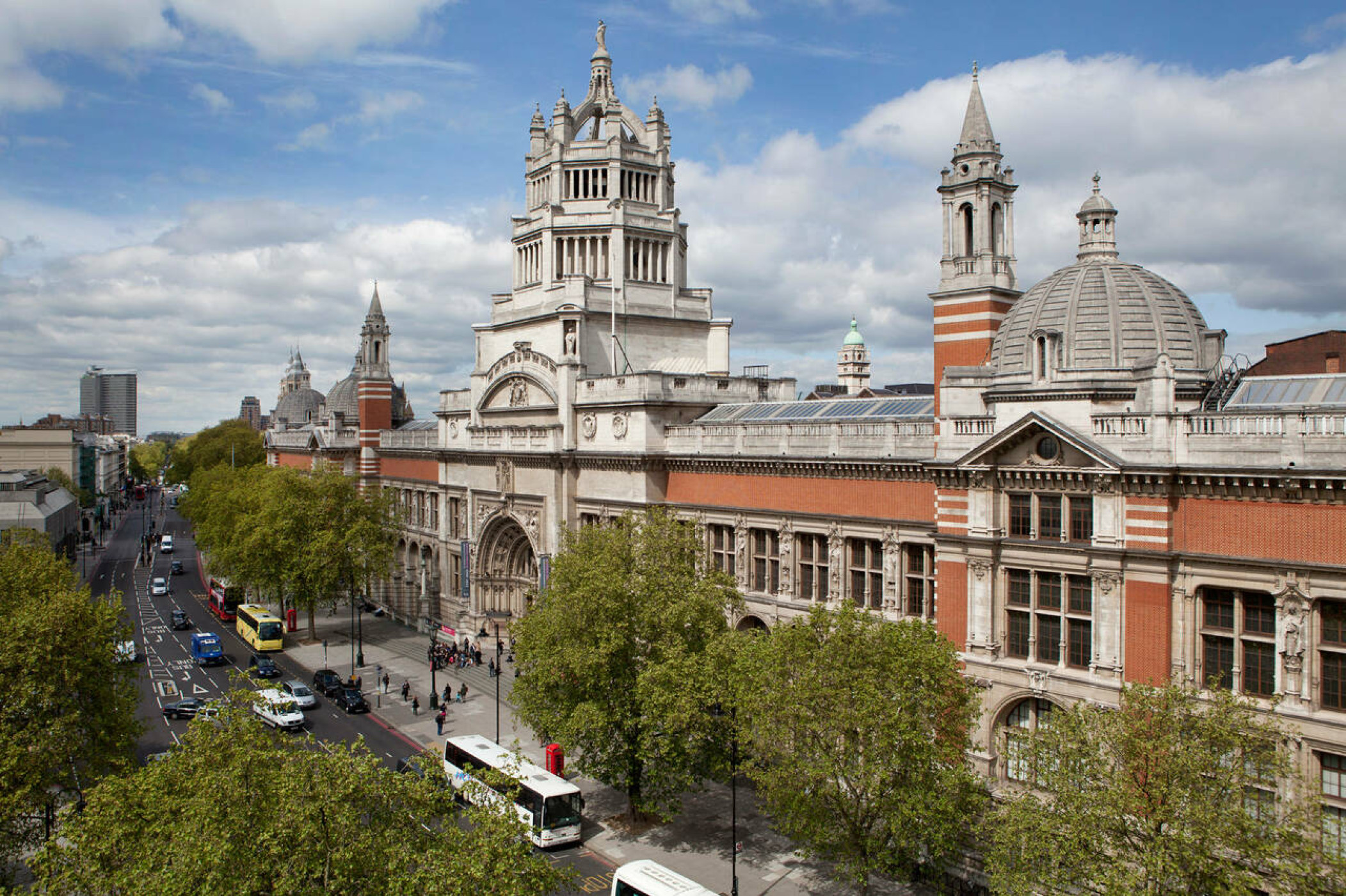
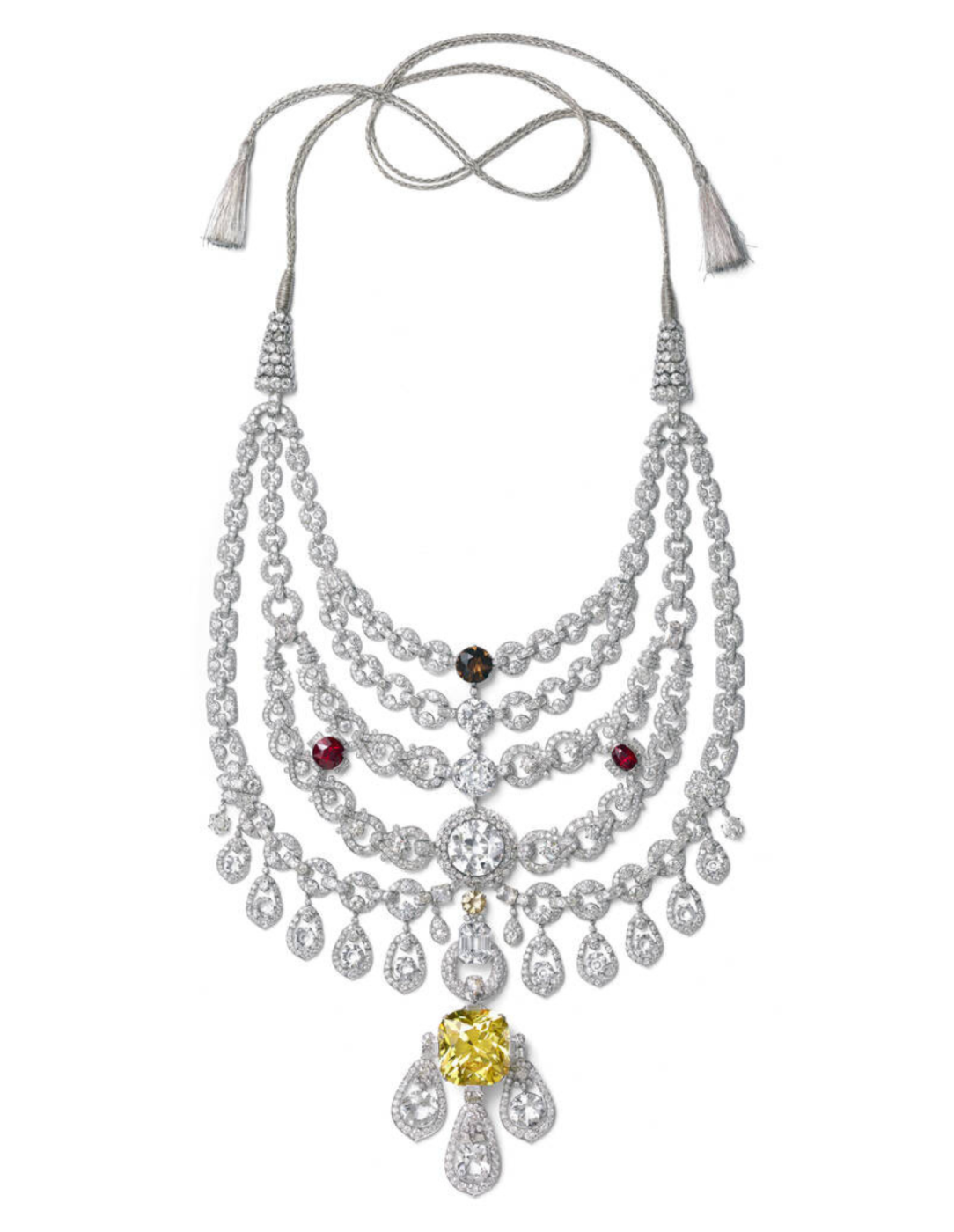
Cartier’s Crowning Moment
The Victoria & Albert Museum’s landmark exhibition in London celebrates Cartier’s reign as the world’s most iconic jeweller, with over 350 pieces linked to royalty, Hollywood legends, and cultural icons — many on public display for the first time.
The title chosen by the Victoria & Albert Museum in London for its largest jewellery exhibition in 30 years — and the first in the United Kingdom dedicated to the world’s most famous jewellery house — is simple: Cartier. Nothing more is needed. The name alone evokes over a century of distinctive style and craftsmanship, attracting everyone from European aristocracy to Hollywood royalty, and establishing itself as the nec plus ultra of the jewellery world.
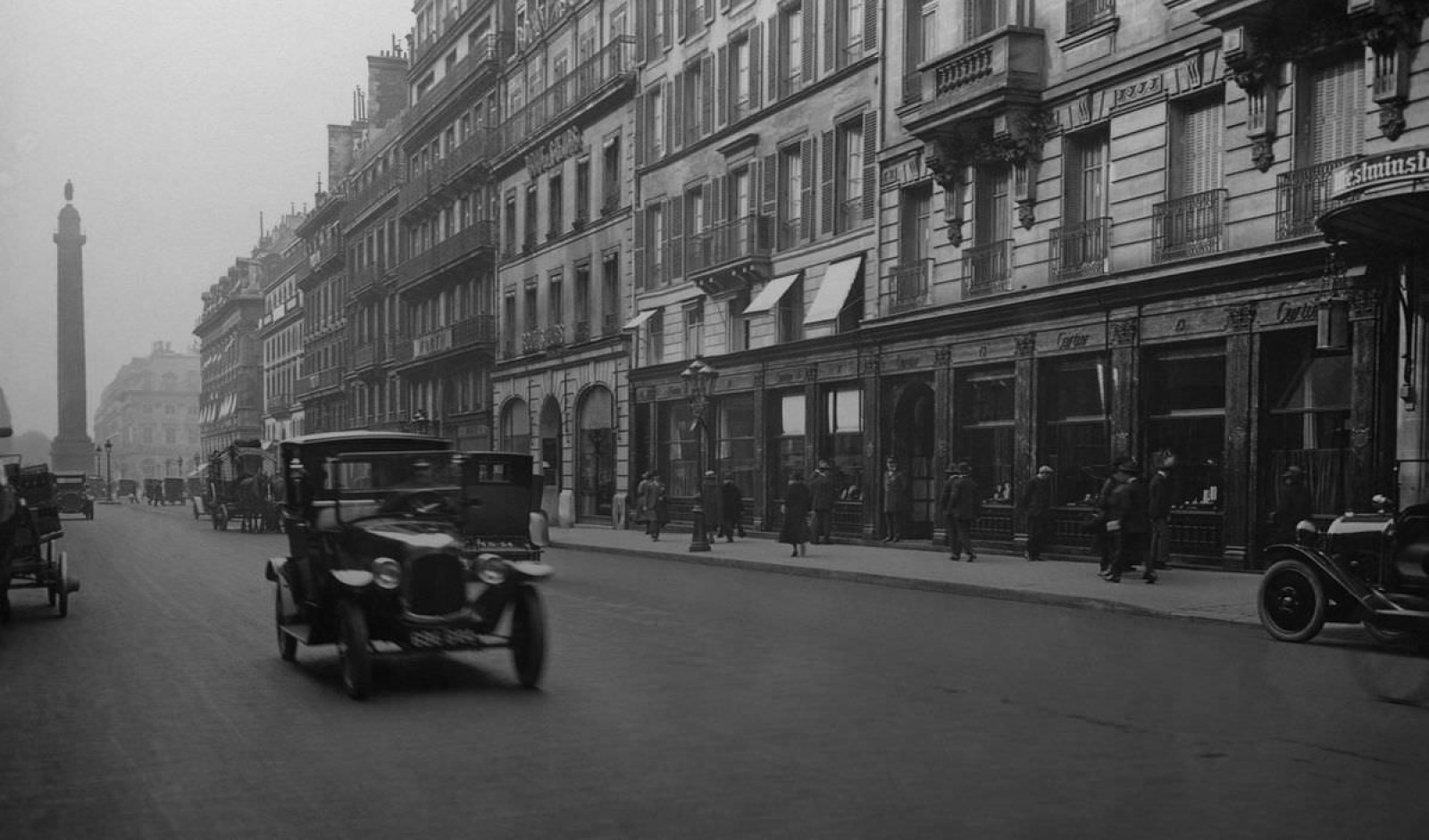
More than 350 objects are displayed, grouped thematically to reflect the many sources of inspiration that have shaped the Cartier identity over time. Among the earliest pieces from the 19th century is the garland style — delicate floral motifs that now rim the Maison’s iconic red boxes. As the 20th century unfolds, naturalistic motifs give way to the bold geometry and vivid colour contrasts of Art Deco, accompanied by the influence of Islamic art — a lifelong passion of Louis Cartier, the founder’s grandson. Yet through every evolution and new outside influence, Cartier’s uber-elegant signature remains recognisable. It is still unmistakably there even in the flamboyant feast of rubies, sapphires, and emeralds seemingly scattered haphazardly that characterises the Tutti Frutti style — the never-seen-before vibrant creations were born from the travels to India of Jacques Cartier, one of Louis’s three brothers.
And Cartier’s ingenuity extends into horology. Among the timepieces on display is the 1914 Mystery Clock, crafted with hands that appear to float in mid-air —legend has it that, Louis Cartier never disclosed to his sales staff how the mechanism worked leaving clients to believe that if it wasn’t magic, it was certainly a mystery.
A dedicated gallery celebrates the Maison’s prominent presence in cinema. From the iconic Tank watch worn by Rudolph Valentino in The Son of the Sheik to Grace Kelly’s 10.48-carat engagement ring — which she famously insisted on wearing in High Society after becoming engaged to Prince Rainier III — and the replica of the diamond necklace of the Maharaja of Nawanaghar for the movie Ocean’s 8. But Cartier also played a starring role in the private lives of Hollywood’s elite. Just think of the lace-like diamond necklace, scattered with rubies, that producer Mike Todd gave to Elizabeth Taylor — who, beaming at the sparkly sight, later wrote in her memoir: “It was a perfect summer day and a day of perfect love.”
What truly dazzles, however, is the sheer number of masterpieces being publicly exhibited for the very first time. Among them is the extraordinary ceremonial necklace commissioned in 1928 by Bhupinder Singh, the Maharaja of Patiala — a cascade of seven tiers set with yellow and white diamonds. Damaged over time, the necklace was later reacquired by Cartier and painstakingly restored.
In a quintessentially Cartier’s feat of symmetry, the exhibition begins and ends with tiaras.
Visitors are welcomed by the Tiara of the Duchess of Manchester (1903), once owned by a Cuban-American heiress who married into the British aristocracy. The piece encapsulates both Cartier’s early success in Britain as well as the role the country played in cementing the Maison’s global fame — a connection often underappreciated, as co-curator Rachel Garrahannotes.
Indeed, while pieces from the Cartier’s heritage collection features prominently, it is the jewels linked to the British aristocracy that form the emotional core of the show. Among them is Princess Margaret’s beloved rose brooch, which takes pride of place on the exhibition’s poster.
A dazzling suite of jewels created for Wallis Simpson, the Duchess of Windsor, are also brought together for the first time. These include the flamboyant Flamingo brooch, the striking amethyst and turquoise Bib necklace, and the iconic Panther brooch — all created in the 1940s and all personal commissions from the Duke of Windsor to his stylish wife.
King Charles III has also contributed several family heirlooms to the exhibition, including a sapphire-and-diamond bracelet gifted by George VI to Princess Elizabeth for her 18th birthday, and the legendary Williamson brooch, set with a rare 23-carat pink diamond — a wedding gift worn by Queen Elizabeth II throughout her reign.
As visitors make their way to the exit, they are met with a glittering waltz of18 tiaras as a farewell. It’s a fitting end to this grand celebration of over a century of Cartier’s creativity, craft, and cultural influence — an exhibition that leaves one slightly breathless, and utterly enchanted.
Courtesy: Victoria and Albert Museum
Text: Milena Lazazzera





